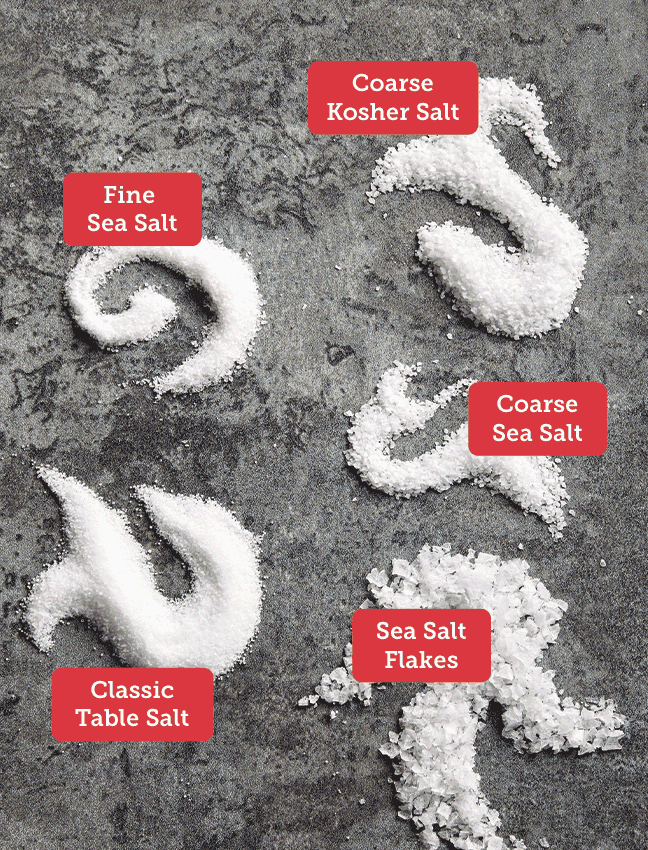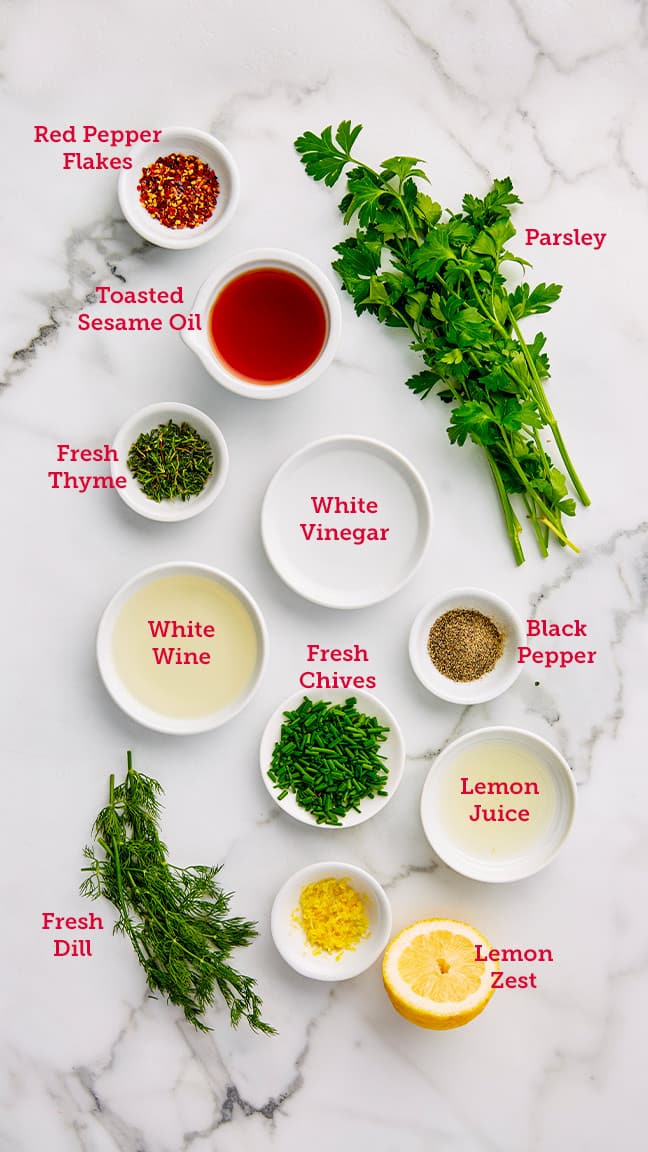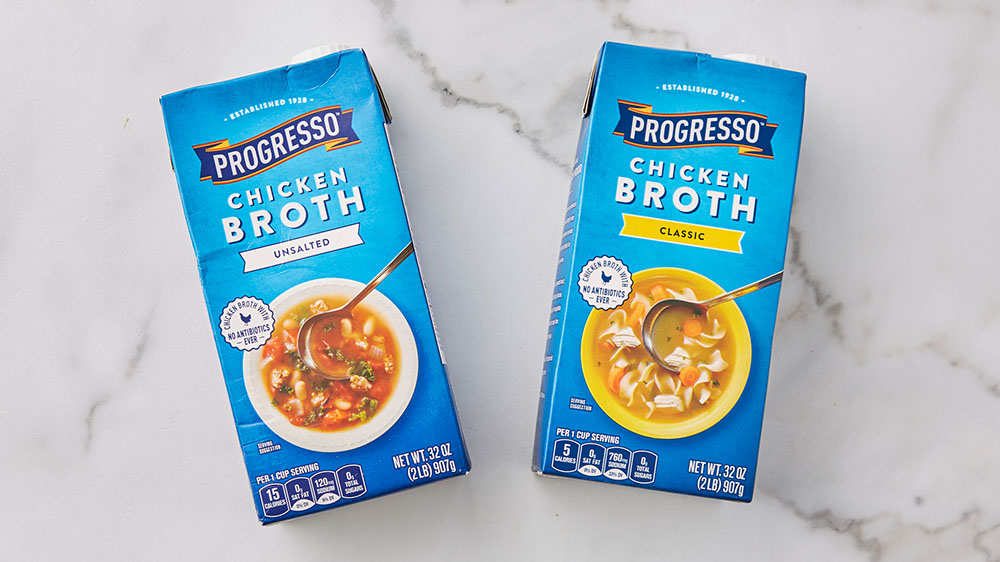(function() {
document.addEventListener('DOMContentLoaded', function() {
var componentMetadata = JSON.parse('\x7b\x22componentName\x22\x3a\x22Breadcrumb_b5cbe065-6d7a-44d3-a4bc-f348c9ca1a7b\x22,\x22deferOptions\x22\x3a\x7b\x22deferComponent\x22\x3afalse,\x22deferType\x22\x3a\x22None\x22,\x22deferId\x22\x3a\x22rcc2055d66adb4b1ea3198e1256895580\x22,\x22deferredContainerId\x22\x3a\x22\x2fcommonBreadcrumb\x22,\x22deferredContainerView\x22\x3anull\x7d,\x22viewName\x22\x3a\x22Breadcrumb\x22\x7d');
var configuration = {"links":[{"url":"/","label":"Home"},{"url":"/how-to","label":"How-To"},{"url":"/how-to/how-to-cook-with-less-salt","label":"You Asked, Betty Answers: How to Cook with Less Salt"}]};
var moduleName = 'breadcrumb';
var isVueModule = true;
GeneralMills.PandoSites.RegisterControlInstance(moduleName, configuration, componentMetadata, isVueModule)
});
})();
(function() {
document.addEventListener('DOMContentLoaded', function() {
var componentMetadata = JSON.parse('\x7b\x22componentName\x22\x3a\x22ActionToolbar_59e5fa31-dc57-46ea-93d1-265650a760f0\x22,\x22deferOptions\x22\x3a\x7b\x22deferComponent\x22\x3atrue,\x22deferType\x22\x3a\x22OnDemand\x22,\x22deferId\x22\x3a\x22rf0d0b6ebb5f24c088694c6cf60c51df6\x22,\x22deferredContainerId\x22\x3a\x22\x2ffloatingActionToolbar\x2ffloatingActionToolbar_interop\x22,\x22deferredContainerView\x22\x3a\x22InteropDeferWrapper\x22\x7d,\x22viewName\x22\x3a\x22ActionToolbar\x22\x7d');
var configuration = {"contentId":"b5cbe065-6d7a-44d3-a4bc-f348c9ca1a7b","toolbarSettings":{"id":"59e5fa31-dc57-46ea-93d1-265650a760f0","regAction":"FAVORITE","eSourceCode":11275,"namePassedToEvents":"ArticleStandardLongFormToolbar","buttons":[{"addFavoriteErrorMessage":"Sorry, something went wrong. Please save again.","removeFavoriteErrorMessage":"Error occurred while removing from favorites","regAction":"FAVORITE","eSourceCode":11275,"isCurrentUserAnonymous":false,"isFavoriteItem":false,"id":"16a29701-2b75-4d9a-aa9c-860376da50d7","allowedForAnonymousUsers":false,"type":"Favorite","displayName":"Save","toggleDisplayName":"Saved","namePassedToEvents":"Favorite","cssClassName":"atButtonFavorite","privacyOptOutMessage":"\u003cdiv class=\u0027privacyMessage\u0027\u003e\n\u003ch3\u003eThis feature is not available with your current cookie settings.\u003c/h3\u003e\n\u003cp\u003eYou can \u003ca href=\u0027#\u0027 data-show-preference-center=\u00271\u0027\u003eupdate your privacy settings\u003c/a\u003e to enable this content. Please enable “Functional Cookies” to use this feature.\u003c/p\u003e\n\u003c/div\u003e","showPrivacyOptOutMessage":false},{"providerName":"pinterest","providerNamePassedToEvents":"Pinterest","shareUrlFormat":"//pinterest.com/pin/create/link/?url={0}","id":"c18cf08e-e436-4cd0-a180-1bafb15369a6","allowedForAnonymousUsers":true,"type":"Social","displayName":"Pinterest","toggleDisplayName":"","namePassedToEvents":"Pinterest","cssClassName":"atButtonPinterest","privacyOptOutMessage":"\u003cdiv class=\u0027privacyMessage\u0027\u003e\n\u003ch3\u003eThis feature is not available with your current cookie settings.\u003c/h3\u003e\n\u003cp\u003eYou can \u003ca href=\u0027#\u0027 data-show-preference-center=\u00271\u0027\u003eupdate your privacy settings\u003c/a\u003e to enable this content. Please enable “Functional Cookies” to use this feature.\u003c/p\u003e\n\u003c/div\u003e","showPrivacyOptOutMessage":false},{"templateId":"13bdd311-4300-4fb8-9d78-9cbaf98f5578","dialogHeading":"Email Article","emailCode":"BC_ContentEmail","dialogSettings":{"cancelButtonText":"Cancel","copyToSenderLabel":"Send a Copy to Myself","emailAddressesLabel":"* Email Address(es)","emailInstructionText":"Separate email addresses with commas","fromText":"From:","privacyPolicyText":"\u003cp\u003e\u0026copy;2025 General Mills, Inc. All Rights Reserved. This information will only be used to send an email to your friend(s) and will not be saved. Please read our \u003ca rel=\u0022noopener noreferrer\u0022 rel=\u0022noopener noreferrer\u0022 href=\u0022http://www.generalmills.com/company/privacy-policies/privacy-policy-us\u0022 target=\u0022_blank\u0022 shape=\u0022rect\u0022\u003ePrivacy Policy\u003c/a\u003e.\u003c/p\u003e","requiredFieldText":"* Required","sendButtonText":"Send","senderEmailAddressLabel":"* Your Email Address","senderFirstNameLabel":"* Your First Name","sendToText":"Send To:"},"id":"be9422a3-85a8-4c31-86f5-e171255bb89d","allowedForAnonymousUsers":true,"type":"Email","displayName":"Email","toggleDisplayName":"","namePassedToEvents":"Email","cssClassName":"atButtonEmail","privacyOptOutMessage":"\u003cdiv class=\u0027privacyMessage\u0027\u003e\n\u003ch3\u003eThis feature is not available with your current cookie settings.\u003c/h3\u003e\n\u003cp\u003eYou can \u003ca href=\u0027#\u0027 data-show-preference-center=\u00271\u0027\u003eupdate your privacy settings\u003c/a\u003e to enable this content. Please enable “Functional Cookies” to use this feature.\u003c/p\u003e\n\u003c/div\u003e","showPrivacyOptOutMessage":false},{"providerName":"facebook","providerNamePassedToEvents":"Facebook","shareUrlFormat":"//facebook.com/sharer/sharer.php?u={0}","id":"6c3f442d-6ffe-460f-8360-b02b122d326c","allowedForAnonymousUsers":true,"type":"Social","displayName":"Facebook","toggleDisplayName":"","namePassedToEvents":"Facebook","cssClassName":"atButtonFacebook","privacyOptOutMessage":"\u003cdiv class=\u0027privacyMessage\u0027\u003e\n\u003ch3\u003eThis feature is not available with your current cookie settings.\u003c/h3\u003e\n\u003cp\u003eYou can \u003ca href=\u0027#\u0027 data-show-preference-center=\u00271\u0027\u003eupdate your privacy settings\u003c/a\u003e to enable this content. Please enable “Functional Cookies” to use this feature.\u003c/p\u003e\n\u003c/div\u003e","showPrivacyOptOutMessage":false},{"layoutParameter":"p%3d1","id":"de022929-4416-4bc9-ab3c-ae5711d562bf","allowedForAnonymousUsers":true,"type":"Print","displayName":"Print","toggleDisplayName":"","namePassedToEvents":"Print","cssClassName":"atButtonPrint","privacyOptOutMessage":"\u003cdiv class=\u0027privacyMessage\u0027\u003e\n\u003ch3\u003eThis feature is not available with your current cookie settings.\u003c/h3\u003e\n\u003cp\u003eYou can \u003ca href=\u0027#\u0027 data-show-preference-center=\u00271\u0027\u003eupdate your privacy settings\u003c/a\u003e to enable this content. Please enable “Functional Cookies” to use this feature.\u003c/p\u003e\n\u003c/div\u003e","showPrivacyOptOutMessage":false}],"isSticky":true},"userSettings":{"isCurrentUserAnonymous":true,"isFavoriteItem":false,"isAnonymousUserWithFavorites":false},"pageAttributes":{"url":"https%3a%2f%2fwww.bettycrocker.com%2fhow-to%2fhow-to-cook-with-less-salt","contentId":"b5cbe065-6d7a-44d3-a4bc-f348c9ca1a7b"},"recaptchaPublicKey":"6LfU_icUAAAAALSqSjRg5hqZwbPr1b8k-_80a_S_"};
var moduleName = 'actionToolbar';
var isVueModule = true;
GeneralMills.PandoSites.RegisterControlInstance(moduleName, configuration, componentMetadata, isVueModule)
});
})();
Know Your Salt

Did you know there are thousands of types of salt in the world? Or, that certain types of salt are saltier than others? Are you aware that some types of salt are better for cooking while others are better for garnishing? Knowing what’s what will help you control the way you use salt—consider this your primer.
Table Salt
This tiny, refined salt has uniform granules and is often used for everyday cooking, baking and as a table condiment. A teaspoon of table salt will be saltier than a teaspoon of coarse kosher salt. This is because the granules of table salt are smaller and denser, so you wind up with more of them in a teaspoon. Morton’s is probably the most recognizable brand of table salt. It may or may not have iodine added. Iodine is a mineral that helps prevent hypothyroidism, but some dislike the faintly metallic taste it adds. And luckily, our diets in the United States are rich enough in natural iodine that we don’t need it added to our salt anymore, so you can buy the type without.
Coarse Kosher Salt
With bigger granules that vary in size and texture, coarse kosher salt is often used for seasoning meat, brining solutions, topping pretzels and breads, rimming cocktail glasses and salting pasta water. It’s great for cooking because it dissolves quickly, and it has lower salinity than table salt. Kosher salt is used for koshering meat in accordance with Jewish dietary laws, so it’s additive free and has a clean taste. Diamond Crystal and Morton’s kosher are the brands you’re most likely to find at your local grocery. Keep in mind that even the same kind of salt can vary by brand. For example, Morton’s kosher salt is actually saltier than Diamond due to the production method.
Sea Salt
From flaky to coarse, this type of salt varies in granule size, texture and color, depending on where it’s from and how it’s processed. Flaky sea salt is typically used as a flavor finisher due to its delicate, crunchy texture (and high price). Maldon is perhaps the most widely available brand of flaky sea salt or look for salts labeled “fleur de sel” or “sel gris.” (Note, sel gris is processed a little differently from Maldon and fleur de sel but can be used in the same way, i.e. as a finisher.) Try adding it on salads or as a finishing flourish on indulgent chocolate and caramel desserts for a perfect balance of salty and sweet. Refined sea salt can be used the way you’d use coarse kosher salt in everyday cooking and baking. It’s granules range in size from medium to fine. This type of sea salt is also relatively inexpensive because it’s easier to produce (sea water is boiled down) than labor-intensive flaky sea salt (harvested from saltwater beds near the ocean).
Counter-intuitively, you might find yourself buying more salt—or rather, a different kind of salt—when you embark on lower-sodium diet. If you don’t already keep either kosher or a refined sea salt on hand, we’d highly recommend picking up one of these less-salty salts for cooking and baking. And salt is not the only way to flavor your food, which brings us to our next point.
Add Flavor (Not Salt!)

When you set down the saltshaker, you set yourself on a path to more creative cooking. The ingredients and techniques described below will help you add new flavor dimensions to your cooking.
- Acid: Add some tangy contrast to your dish with a splash lemon or lime juice or a dash of your favorite flavored vinegar, like apple cider, white wine or balsamic.
- Aromatics: Garlic, ginger, onions, shallots and even lemon or lime zest, all of these ingredients add flavor that will bring your dish to life.
- Browning: Your meat turns out deeply flavorful when you cook it over high heat until a crust forms on the outside.
- Caramelization: Sautéing mushrooms or onions until they turn dark brown adds incredible richness and sweetness to anything you’re cooking.
- Fresh herbs: Give your dish a bright garnish with a sprinkle of soft herbs, like parsley, basil, mint or cilantro. Or, add sturdier herbs, like rosemary and oregano, before cooking for an additional layer of flavor.
- Heat: From fruity calabrians to smoky chipotles and fiery chiles de arbol, a little bit of chili is an easy way to amp up the flavor of your dish.
- Sauces or condiments: When in doubt, a sauce—it could be anything from salad dressing, mayo, gremolata, barbecue sauce or even ketchup—is a surefire way to take your dish to the next level. If you start from scratch, you’ll know exactly how much salt you’re adding.
Keep these tips in mind, as we turn to the next section. Knowing how to add a splash of flavor will help you find ways to modify secretly salty foods, so you can keep enjoying them.
Beware of Secretly Salty Foods
We hear a lot about added sugar these days but added salt is also something to be aware of. The more you know about where salt is being added to your foods, the better you’ll get at avoiding it.
- Meats, poultry and seafood: It’s the added salt that you might not be aware of here. Saltwater or saline solutions are used to enhance flavor or to help with preservation. Be sure to check the package information, look at the sodium amounts and how much of your recommended daily intake they represent, before purchasing. Additionally, some meats are pre-seasoned or pre-sauced—it’s best to skip these and season yourself if you’re cutting back on sodium. Finally, don’t forget about cold cuts and cured meats, which tend to be high in sodium. Again, reading labels is important.
- Cheese: You’re probably aware that salt is a key component of cheese, but did you know that it’s especially key in hard cheeses, like Parmesan and soft-rind cheeses, like Brie? When you’re looking for a snacking or cooking cheese, search out lower-sodium options like mozzarella, ricotta or goat cheese.
- Store-bought baked goods: Salt makes sweets sweeter, which is why it’s often called for in recipes for cookies and other baked goods. In addition, butter can be sweet or salted. Bake your own treats and you won’t have to worry about added salt in your cookies or cakes.
- Savory snacks and nuts: Trail mix and nuts can be a wholesome snacking option, especially when you make your own mix or buy nuts that aren’t seasoned (salt and salty ingredients often play a large role in seasoning nuts). Toasting nuts can add flavor, as can mixing in various types of spices. Relying on these methods of increasing flavor and you can reduce the amount of salt used.
- Spice rubs: Making your own is an easy way to control the amount of salt used. It’s also a fun way to get creative in the kitchen, and you might be surprised at all you can make with what’s already in your spice cabinet. Get started with these six essential spice rubs.
You don’t necessarily have to cut out the foods above, but you might want to consider enjoying them at home where you’re in charge of ingredients and able to prepare them in a way that suits your diet.
Six Easy Tricks for Reducing Salt

In case you’re worried that avoiding salt means making everything from scratch—keep reading. The tips below are easy but effective tricks for cutting back on salt without taking on a lot of additional cooking.
- Rinse your canned goods. Beans, vegetables and tuna are preserved in liquids that are often very salty. A quick rinse before combining with other ingredients will help remove some of the added salt.
- Season and taste as you cook. This is a foolproof way to see the impact of various ingredients and get your taste buds accustomed to different salt levels. (Remember, kosher and sea salt are great to use in cooking as they dissolve quickly and are less salty than table salt.)
- Premeasure super-salty condiments, like soy sauce, rather than blindly sprinkling on your food. Better yet, integrate these types of condiments into the dish or sauce. Not only will this help you keep a handle on how much you’re using, you might also discover that a little goes a long way.
- Buy lower or reduced-sodium versions of your pantry staples. Broth, salad dressing, canned soup, condiments and other packaged goods are commonly available in lower or reduced-sodium forms these days.
- Find a no-salt seasoning blend that you like. There’s more than one option on the market and these blends can really save a meal.
- Start with half the seasoning packet when making a shortcut meal from a box or mixing up a salad dressing from a packet. You can always add more, if the taste is falling flat. But you might discover that you really don’t need the whole packet.
So now that you know how to season your food to suit your tastes and meet your dietary needs, it’s time to get cooking! Get started with a couple of our best lower-sodium recipes below.
(function() {
document.addEventListener('DOMContentLoaded', function() {
var componentMetadata = JSON.parse('\x7b\x22componentName\x22\x3a\x22NewsletterCTA_b9911a56-3a0d-4b1c-8521-df6c10ce048a\x22,\x22deferOptions\x22\x3a\x7b\x22deferComponent\x22\x3atrue,\x22deferType\x22\x3a\x22OnDemand\x22,\x22deferId\x22\x3a\x22ra52b63ed86b64628a238974784470e9a\x22,\x22deferredContainerId\x22\x3a\x22\x2fprimaryColumn\x2finteropInlineNewsletterCta\x22,\x22deferredContainerView\x22\x3a\x22InteropDeferWrapper\x22\x7d,\x22viewName\x22\x3a\x22NewsletterCTA\x22\x7d');
var configuration = {"unsubscribedNewsletters":[{"listId":"1e34a555-89d1-45f0-8f07-b3ae6b01c03c","thumbnailImageUrl":"/-/media/GMI/Core-Sites/BC/Images/Shared/myaccount/newsletters/BC_Thumb157x157.png?sc_lang=en","previewUrl":"https://morpheus3.idpk.net/email_sends/9111/preview","name":"Betty\u0027s Email","isPromo":false}],"settings":{"anonymousCopy":" Baking happiness, one recipe at a time!","anonymousDescriptionCopy":"Access thousands of tested recipes, perfect for everyday meals and special celebrations. Made with love, from our kitchens to yours.","anonymousThankYouCopy":"\u003cp\u003eThanks! Your first email is on its way.\u003c/p\u003e\n","anonymousThankYouDescriptionCopy":"\u003cp\u003e\u003cspan\u003eNow that you\u0026rsquo;re signed up, create an account on BettyCrocker.com to save your favorite recipes, learn more about special promotions and get inspired through Betty\u0026rsquo;s expert tips.\u003c/span\u003e\u003c/p\u003e","anonymousButtonText":"Sign Me Up for Emails","anonymousEmailInvalidErrorText":"Please enter a valid email address.","anonymousSubscribeErrorText":"We encountered an error while signing you up. Please try again.","anonymousEmailAddressPlaceholderText":"Enter your email address","anonymousEmailAddressLabel":"Email Address","anonymousLegalCopy":"By signing up, you accept our\u0026nbsp;\u003ca rel=\u0022noopener noreferrer\u0022 href=\u0022https://www.generalmills.com/privacy-security/us-english-privacy-policy\u0022 target=\u0022_blank\u0022\u003e\u003cspan style=\u0022text-decoration: underline;\u0022\u003ePrivacy Policy\u003c/span\u003e\u003c/a\u003e\u0026nbsp;and agree that your information may be used across our\u0026nbsp;\u003ca rel=\u0022noopener noreferrer\u0022 href=\u0022https://www.generalmills.com/food-we-make/brands\u0022 target=\u0022_blank\u0022\u003e\u003cspan style=\u0022text-decoration: underline;\u0022\u003efamily of brands\u003c/span\u003e.\u003c/a\u003e","requiredFieldText":"","backgroundColor":"#E60000","accentColor":"","registrationUrl":"/user-profile/register?RegAction=SUBSCRIBERUPGRADE\u0026esrc=11275\u0026returnUrl=%2fhow-to%2fhow-to-cook-with-less-salt","registrationLinkText":"Join free!","enableExpandedFields":false,"hideForSessionCookieExpiration":0,"ctaType":"StandardAnonymous","location":"Inline","userState":"Anonymous","sourceCodeOverride":0}};
var moduleName = 'newsletterCta';
var isVueModule = true;
GeneralMills.PandoSites.RegisterControlInstance(moduleName, configuration, componentMetadata, isVueModule)
});
})();